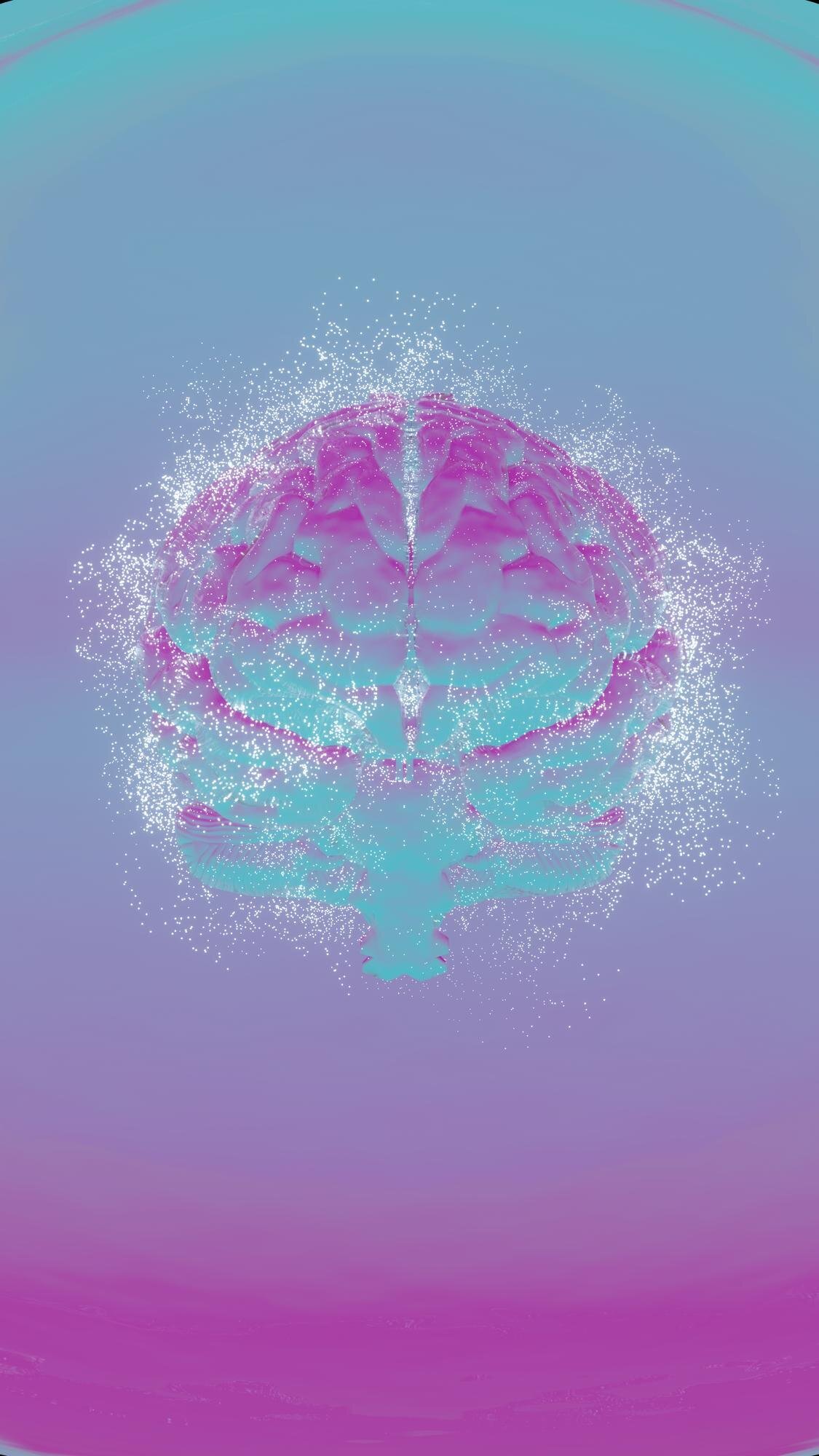
The Science Behind Compulsive Behaviors: Understanding Your Brain’s Survival Mechanism
You’re not alone in feeling trapped by compulsive behaviors. Beneath the surface lies a brain survival mechanism, pushing you into cycles of self-destruction. But this doesn’t have to be your story forever. Imagine replacing chaos with clarity, pain with peace. VK Circle’s coaching offers a path to emotional liberation without judgment or labels. Discover how understanding your brain can transform your life and empower you to reclaim your freedom. You are safe. You are ready to heal. Learn more about the brain’s role in compulsive behaviors here.
Understanding Compulsive Behaviors

Compulsive behaviors often feel like an inescapable loop, but understanding the underlying mechanisms can offer hope. This section delves into the brain’s role in these behaviors and the emotional pain that often fuels them.
The Brain’s Survival Mechanism
The brain is wired to ensure survival, sometimes at the cost of rational decision-making. Compulsive behaviors often stem from the brain’s attempt to protect us. Ancient neural pathways can trigger automatic responses to perceived threats, leading to repetitive actions. Research from Stanford shows how our brain’s wiring can influence compulsions.
Such behaviors are not a sign of weakness or failure. Instead, they reflect the brain’s attempts to adapt in unhealthy ways. Understanding this can alleviate shame and promote self-compassion.
Moreover, recognizing the brain’s role in these patterns can empower individuals to change. By learning about these mechanisms, you can begin to disrupt these cycles and reclaim your autonomy.
Emotional Pain and Compulsions
Emotional pain can be a significant driver of compulsive behaviors. When feelings become overwhelming, the brain seeks ways to numb or escape this distress. Compulsions often serve as temporary relief from emotional turmoil.
Pain and compulsions are tightly linked. Studies from Michigan Medicine indicate that emotional distress can manifest as physical and psychological compulsions.
Understanding this connection is crucial. It shifts the focus from the behavior to the underlying pain. Addressing emotional pain directly can reduce the need for compulsive actions.
By acknowledging this pain, individuals can start the healing process. This awareness is the first step toward breaking free from the cycle and fostering emotional liberation.
The Path to Emotional Liberation

With an understanding of compulsive behaviors and their emotional roots, the next step is finding a path to healing. This section outlines methodologies and approaches designed to guide individuals toward emotional liberation.
The Heal Your Life Methodology
The Heal Your Life® methodology offers a structured framework to address compulsive behaviors. It emphasizes self-awareness and personal growth to facilitate healing.
Identify Underlying Beliefs: Recognize the thoughts and beliefs driving compulsive actions.
Embrace Self-Compassion: Develop a kinder relationship with yourself, reducing shame and self-judgment.
Practice Emotional Release: Learn techniques to safely express and let go of stored emotions.
This approach provides a non-judgmental space for exploration and healing. It empowers individuals to replace self-destructive patterns with healthier alternatives.
By focusing on emotional healing, the Heal Your Life methodology offers tools for lasting change. It encourages a deeper understanding of oneself, fostering a sense of peace and self-trust.
VK Circle Coaching Approach
VK Circle’s coaching integrates the Heal Your Life approach with personalized support, offering a unique pathway to emotional liberation. The coaching is designed to be compassionate, avoiding clinical diagnosis and judgment.
Personalized Sessions: Tailored to individual needs, focusing on emotional clarity and empowerment.
Community Support: A supportive community where individuals can share experiences and learn from others.
Practical Tools: Techniques that can be applied in daily life to manage compulsions effectively.
VK Circle’s coaching aims to create an environment where individuals feel safe to explore their emotions. It provides fast, empowering tools that encourage lasting change.
This approach highlights the importance of understanding one’s emotional landscape, fostering self-love, and regaining control over compulsive behaviors.
Reclaiming Your Freedom

Having explored the mechanisms and methodologies for addressing compulsive behaviors, the final section focuses on reclaiming freedom. It’s about breaking the cycle with compassion and implementing tools for lasting change.
Breaking the Cycle with Compassion
Compassion is a powerful tool when breaking free from compulsive behaviors. Instead of harsh self-criticism, adopting a compassionate mindset can lead to healing.
Acknowledge Your Struggle: Recognize that compulsions are a response to pain, not personal failure.
Cultivate Self-Love: Replace self-hate with understanding and kindness.
Embrace Forgiveness: Allow yourself to forgive past actions driven by compulsions.
This compassionate approach creates a safe space for healing, where change feels possible. It encourages a shift from shame to acceptance, fostering emotional growth.
Embracing compassion allows individuals to see themselves not as broken, but as capable of healing and transformation.
Tools for Lasting Change
Achieving lasting change requires practical tools and strategies. These tools can be incorporated into daily life to support ongoing growth and healing.
Mindfulness Practices: Cultivating awareness of thoughts and emotions to reduce impulsivity.
Journaling: Reflecting on experiences and emotions to gain insight and clarity.
Support Networks: Engaging with supportive communities to share experiences and encouragement.
For further insights and practical techniques, this video offers valuable guidance.
These tools help individuals maintain the progress they make, ensuring that change is sustainable. By integrating these practices, one can reinforce their commitment to emotional liberation and reclaim their freedom. 🌟



